Estimated reading time: 11 minutes
Is your aquarium looking less lush than before? One key fact to remember is that yellowing leaves are a sign of trouble for aquatic plants.
In this article, we’ll dive into the common causes and share effective solutions to restore the vibrant green health of your underwater garden. Keep reading, and let’s turn things around!
Key Takeaways
- Aquarium plants turn yellow due to a lack of CO2, insufficient macronutrients and micronutrients, poor lighting, and nutrient imbalance.
- Adding a CO2 system, and proper fertilizers with nitrogen, potassium, and phosphate alongside liquid micronutrient supplements can help prevent leaves from turning yellow.
- Lighting needs to be strong enough for the type of plants in your tank; adjust the length of time lights are on or upgrade your lighting system if necessary.
- Keep water temperatures stable around 78F (25.5C) for most plants and check regularly with a reliable thermometer to promote plant health.
- Regularly test water for proper nutrient levels and perform water changes to keep harmful bacteria at bay and protect against plant diseases.
Reasons for Aquarium Plants Turning Yellow
Discover the culprits behind your aquarium plants’ loss of vibrancy as we delve into the common issues that cause them to turn yellow. Uncover the root problems from essential nutrient shortages to environmental stressors, and learn how they impact plant health in underwater ecosystems.
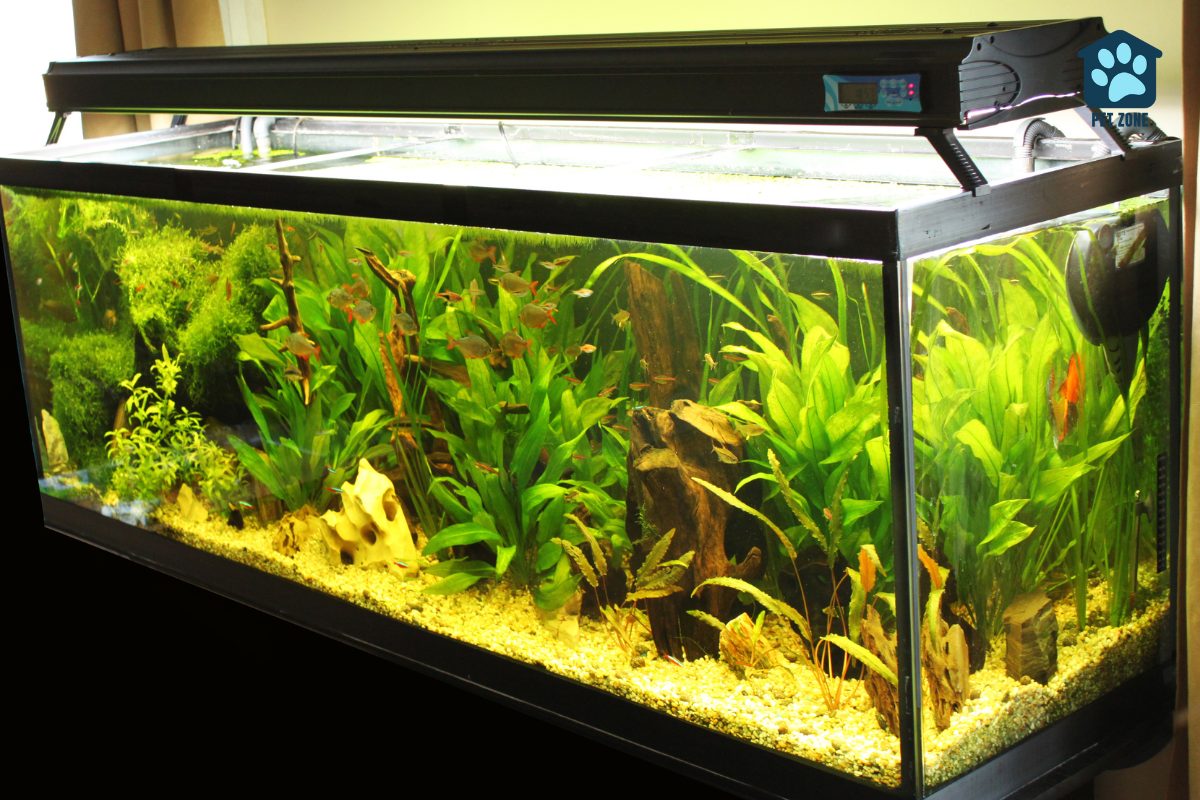
Lack of CO2
Aquarium plants need carbon dioxide (CO2) to perform photosynthesis, just like land plants. Without enough CO2, they can’t make food and start turning yellow. Your aquarium might not have enough CO2 if your aquatic plants turn yellow.
This happens because CO2 levels drop when there aren’t enough gas exchanges or the tank is overcrowded with fish. When plants don’t get the carbon they need, their growth slows down and leaves begin to fade.
To fix this problem, you can add a CO2 system to your aquarium setup. This will boost the amount of available carbon dioxide for plant growth. Ensure your planted tank has proper water movement too.
Water flow helps spread nutrients and CO2 evenly among all plants. Keep an eye on how much CO2 you inject into the water; too little won’t help your plants grow, but too much might harm them or your aquarium fish.
Insufficient Macronutrients
Plants in your fish tank need certain nutrients to stay green and healthy. Just like how humans need a mix of foods to grow, aquarium plants require macronutrients like nitrogen, potassium, and phosphate.
If these are lacking, you might see the leaves of your betta fish‘s water garden turn yellow and die off. Older leaves will show signs first because the plant tries to save the new growth.
Nitrogen is super important for plants to make proteins and grow leaves. Without enough nitrogen, older leaves can’t hold their color and start turning yellow from the tips. It’s like when we don’t eat right; our bodies can’t work at their best.
Fixing nutrient deficiencies helps keep your underwater forest lush for all your freshwater friends to enjoy!
Micronutrient Deficiencies
Aquarium plants need tiny amounts of iron, phosphate, potassium, and magnesium. If they don’t get enough, their leaves might turn yellow. Yellowing often begins in new growth or the younger leaves.
This happens because the plant tries to move nutrients from old parts to new ones.
To fix nutrient deficiencies, add a liquid fertilizer to your water. Make sure it has all the micronutrients aquatic plants need. Check the label for iron content; this is very important for keeping green leaves.
Regularly testing your water helps you catch any micronutrient shortages early on.
Poor Lighting
Poor lighting prevents aquarium plants from making their food. This causes leaves to turn yellow because the plants can’t get enough nutrients. Bright lights help your aquatic plants thrive.
Check your aquarium lighting system if you see pale or yellow leaves. The right light encourages green, healthy growth in live plants. If your tank is too dark, consider a new light that suits your plant species.
Your planted aquarium needs good light just like fish need clean water. A well-lit tank lets plants absorb nutrients and keeps them looking vibrant.
Imbalance of Nutrients
Aquarium plants need the right balance of nutrients to stay green and healthy. Just like too little food can be bad, too much can hurt your plants too. Nitrogen, potassium, and phosphorus are key for plant growth. If they’re not balanced, leaves may start to turn yellow.
You should aim for 5 to 10 mg/l of potassium in your water. Watch out for signs that your plants aren’t getting what they need. Old leaves turning yellow could mean a nitrogen problem.
See-through or pale new leaves often point to not enough iron or magnesium. Keep an eye on these levels to keep your aquarium looking great!
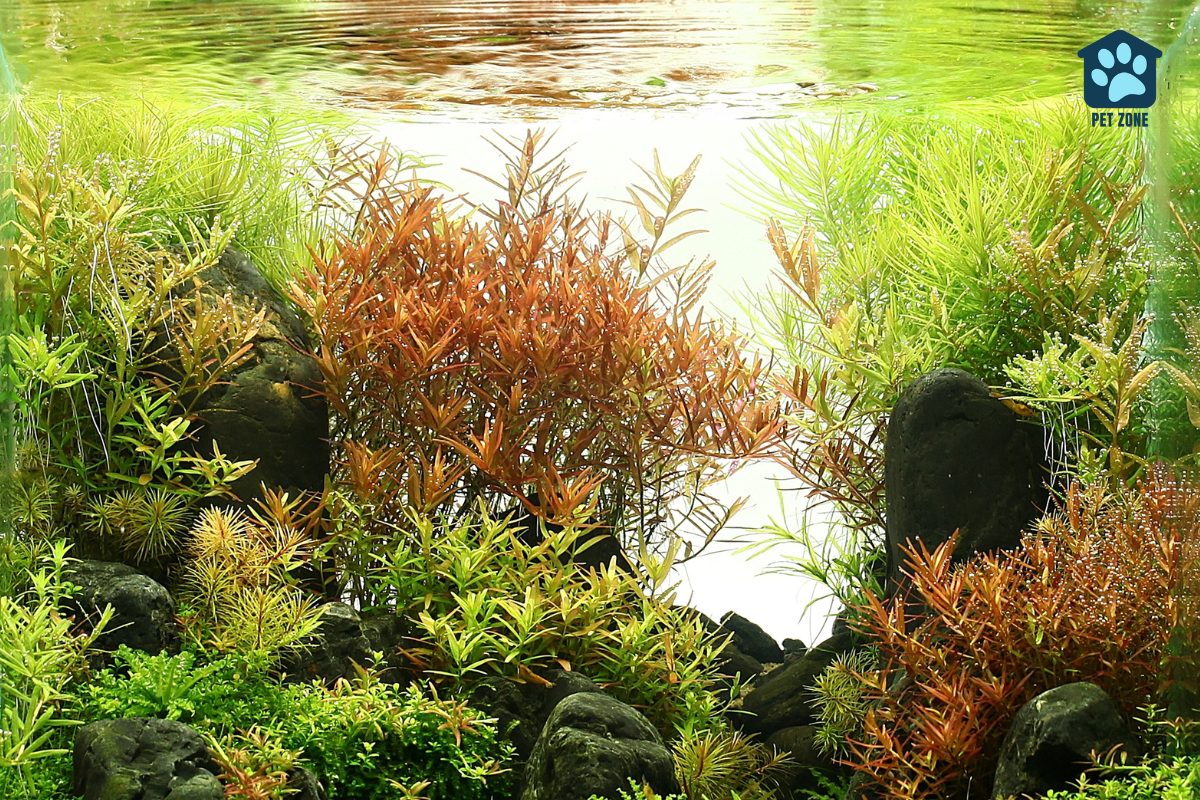
Solutions for Yellowing Aquarium Plants
Reviving the vibrant hues of your aquatic foliage is achievable with targeted strategies tailored to address each specific deficiency. Implementing these corrective actions breathes new life into your aquarium, ensuring that your underwater garden flourishes once again.
Increase CO2 levels
Plants need carbon dioxide (CO2) to grow well. In your aquarium, adding CO2 can stop leaves from turning yellow and help plants thrive. You can use a CO2 injector or liquid carbon supplements for this. Make sure the levels are just right—not too much or too little.
Check your water often when you add CO2. This helps make sure your plants stay healthy and grow strong. You’ll see fewer yellow leaves and more lush, green growth in your tank if the CO2 is balanced well with other nutrients.
Provide Proper Macronutrients
Aquarium plants need nitrogen, phosphorous, and potassium to stay green and healthy. Without these key macronutrients, leaves can turn yellow and become translucent. This signals a nitrogen deficiency.
Adding the right fertilizers to the water provides these nutrients directly to your plants.
Potassium is crucial for strong plant growth. If your aquatic plants lack potassium, they may develop small holes in their leaves. Phosphorus helps with root development and energy transfer within the plant.
Make sure you’re feeding your plants regularly with a balanced fertilizer that includes all three macronutrients. Keep an eye on new leaves growing; if they are bright green and look good, you’re on the right track!
Supplement with Micronutrients
Plants need certain nutrients like iron and magnesium to stay green and healthy. If these are missing from the water, the plants can turn yellow.
You can find special supplements at your aquarium store that add these important micronutrients back into the water. Just follow the directions on the package to help your plants.
Adding micronutrients is simple with root fertilizers or liquid additives. Root tabs work well for plants that feed through their roots like Amazon swords.
Liquid fertilizers spread through the water column, giving a quick nutrient boost to all your aquatic plants in the tank. Use them regularly but carefully to prevent too much algae growth.
Adjust Lighting
Check if your aquarium light is on long enough each day. Your aquatic plants may need more light to stay healthy.
If leaves at the bottom are turning white or yellow, it could mean they aren’t getting enough light. Try increasing the lighting and watch for new growth.
Make sure your tank isn’t too dim. Small leaves and thin stalks can be a sign of not enough light. Use brighter lights or leave them on longer to help your plants thrive.
Watch for lower leaves staying green and healthy as you adjust the lighting in your freshwater aquarium.
Maintain Nutrient Balance
Plants need a mix of nutrients to stay healthy. Just like people can’t eat only one food, plants cannot live on just one nutrient.
Keep the water in your tank full of different nutrients so your plants thrive. Test the levels often and add what’s missing.
Sometimes too much of one thing is as bad as not enough. Make sure that you don’t overdo it with any single nutrient which could harm your plants.
Use fertilizers with care and always measure how much you put in. Balance is key to keeping those leaves green and vibrant!
Other Factors to Consider
When assessing the health of your aquarium’s verdant landscape, remember that factors beyond nutrition can play pivotal roles. Considerations such as water temperature fluctuations and potential plant diseases might also be conspiring to drain the vibrancy from your aquatic plants.
Water Temperature
Water temperature plays a big role in keeping your plants healthy. If the water is too hot or too cold, your aquarium plants may start to turn yellow.
Many types of aquatic plants thrive at around 78F (25.5C). Make sure you check the temperature often to keep it stable for your plants.
Each plant type might need a different water temperature. This can affect how well they grow and look in your tank.
Use a reliable thermometer to monitor the heat in your aquarium regularly. By doing this, you’ll help ensure that different aquatic plant species have what they need to thrive.
Do you need an inexpensive, easy-to-use, reliable thermometer for your fish tank? Check out our recommended model!
PAIZOO stick-on digital aquarium thermometer has a high-precision sensor, which can accurately measure the temperature of different types of water, it is designed for monitoring and checking the water temperature of fish tanks. The high quality and clear LED screen helps you to read the value easily.
- Cordless design
- Highly accurate
- Easy to read
- Long battery life
Disease
Yellow leaves on your aquarium plants could signal a disease. Fungal or bacterial infections strike when conditions are off, like when water quality dips.
These sicknesses target the plant’s ability to stay green and healthy. Your plant leaves turning yellow may be crying out for help because they’re sick.
To fight plant disease, keep your tank clean and monitor water parameters closely. Regular water changes cut down on harmful bacteria and fungus growth. Check every plant for signs of disease often, looking at the leaves and stems.
If you find an infection early, you can take action quickly to protect your live aquarium from spreading sickness. Healthy plants need attention and care just like fish do!
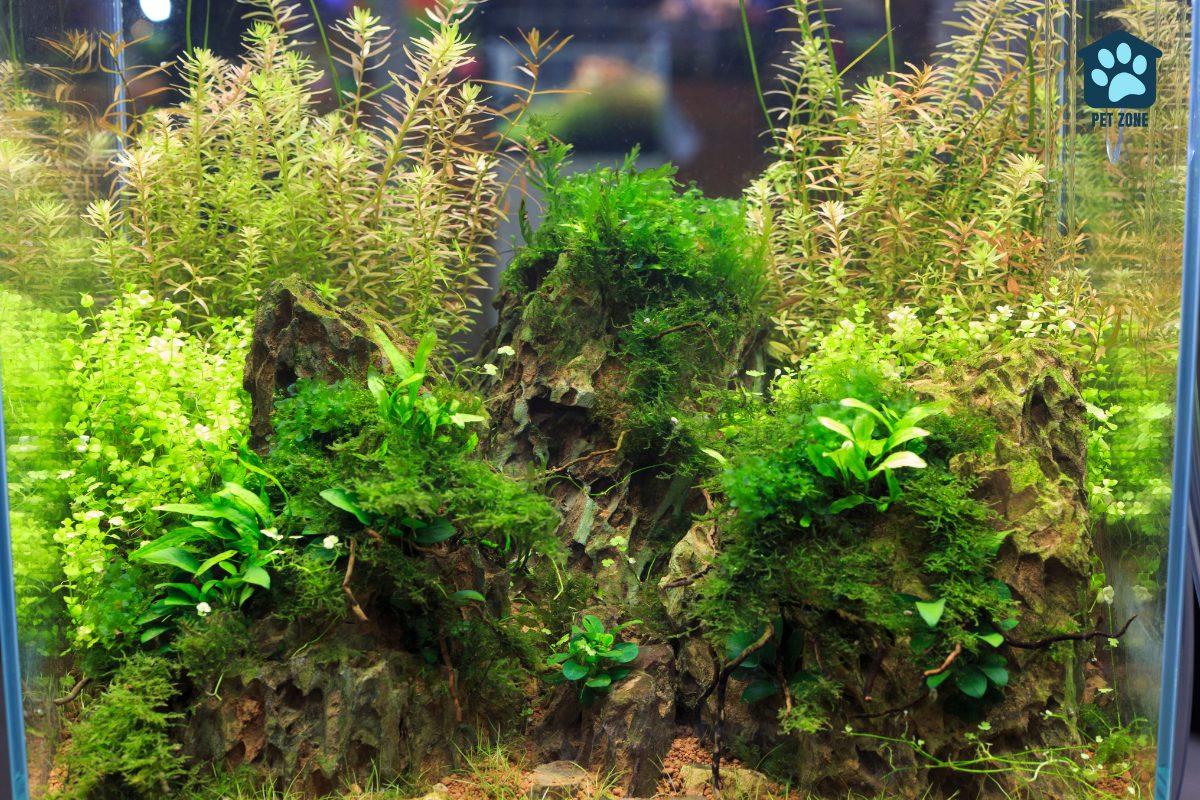
Lack of Fertilizer
Your aquarium plants need food to stay green and healthy. Sometimes, they turn yellow because they’re hungry!
The soil in your tank might not have enough goodies for them. This is like trying to grow a garden without any fertilizer. Plants use up the nutrients in the water, and if they don’t get more, they start to starve.
Nitrogen is super important for your plants. It’s like their main dish at dinner time, and when there isn’t enough nitrogen, old leaves can look yellow or even clear starting from the tips.
New leaves may be small and pale if there’s not enough nitrogen around. Your plant buddies will thank you for giving them a balanced meal by becoming lush and vibrant once again!
Light Intensity
Plants need the right amount of light to thrive in an aquarium. If they don’t get enough light, their leaves may begin to turn yellow.
This is because light helps plants make food through photosynthesis. Too little light means not enough food, which leads to pale and yellow leaves.
Make sure your aquarium has strong enough lighting for your type of plants. Different plants need different levels of light intensity. Some prefer bright lights while others grow better in dim conditions.
Adjust your lights to match what your plants require for healthy growth. A balance between CO2 levels and light intensity also keeps aquarium plants green and lush.
Conclusion
Yellow leaves on your aquarium plants can worry you. Try to spot the problem early and act fast. Check for nutrient shortfalls, CO2 levels, and light quality. Ensure a balanced diet for the plants’ best health. A beautiful tank starts with healthy, green plants!
Frequently Asked Questions
Your aquarium plants could be turning yellow because they lack nutrients like iron, nitrogen, or magnesium. This can happen if the tank doesn’t have enough fish waste, uneaten fish food, or if the substrate is poor.
Yes, an iron deficiency can make your plant leaves turn yellow while their veins stay green. To fix this, you might need to add more iron to your tank.
To keep your plants healthy and avoid yellow leaves, make sure they get all the right nutrients. Test your water, look at how much light they get, and check if you’re feeding them properly with things like fish food or special plant food.
If only the tips of the stem plant’s leaves are turning yellow, it might mean there’s a nutrient balance issue in your aquarium co-op system.
Before performing a large water change to fix the problem with yellowing aquatic plant leaves in your aquarium hobby setup, you should try identifying which specific nutrient is lacking first by testing the levels in your tank as well as evaluating any other signs of stress.
If low nitrate levels are causing leaf discoloration and weakness in growth patterns for freshwater species found within home tanks—try adding supplements after conducting thorough research on how best to support thriving underwater communities through proper maintenance regimens!
As an Amazon Associate I earn from qualifying purchases.
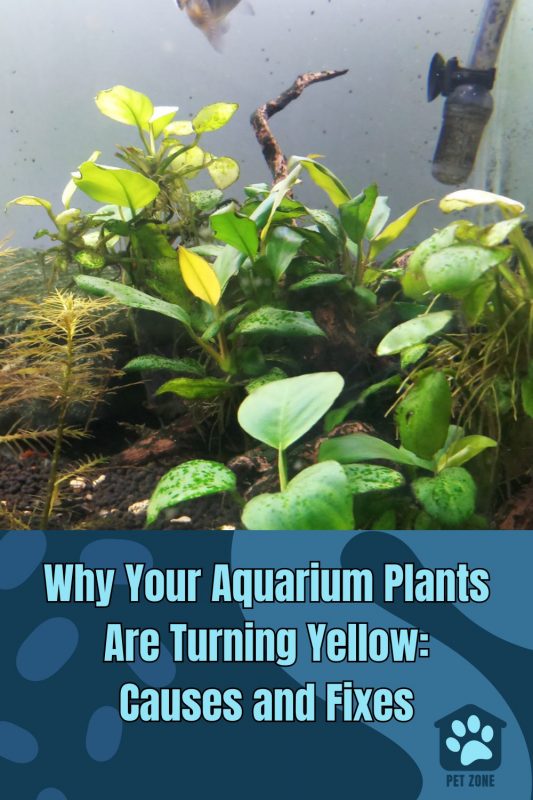


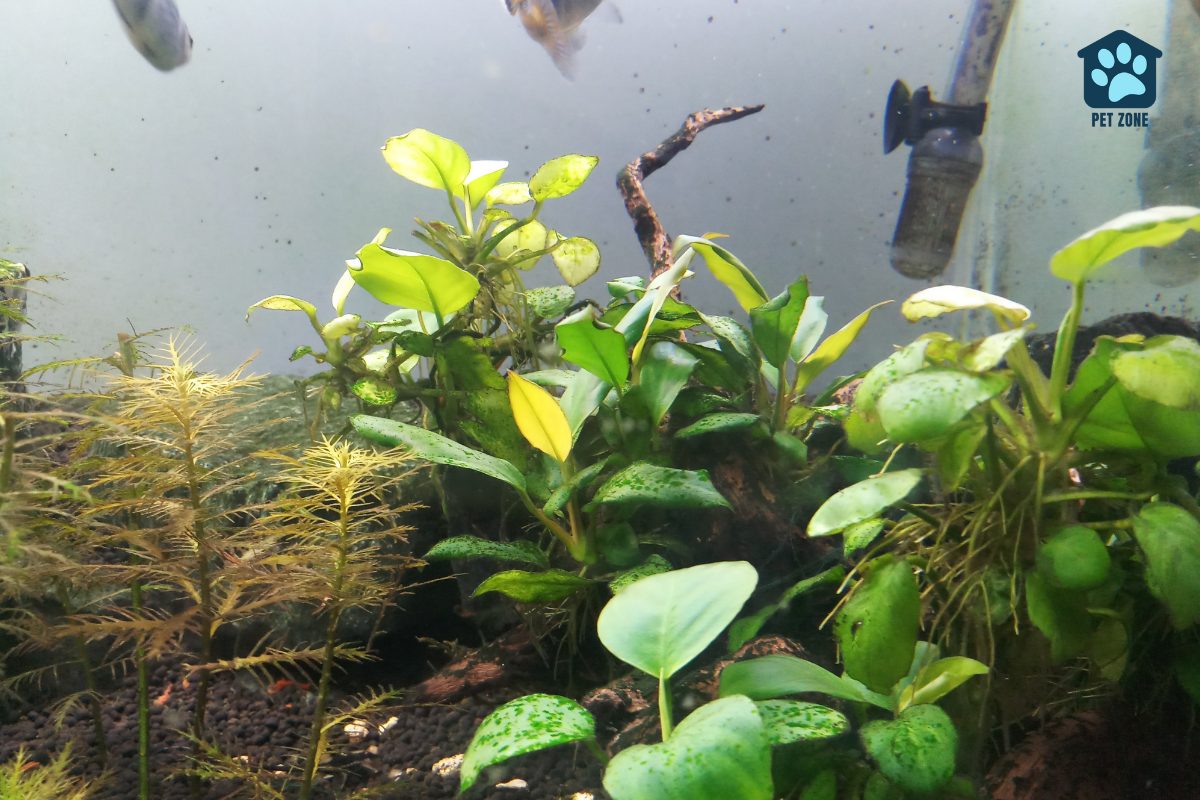
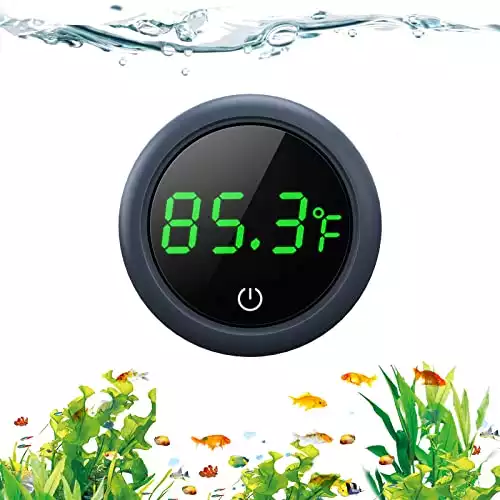
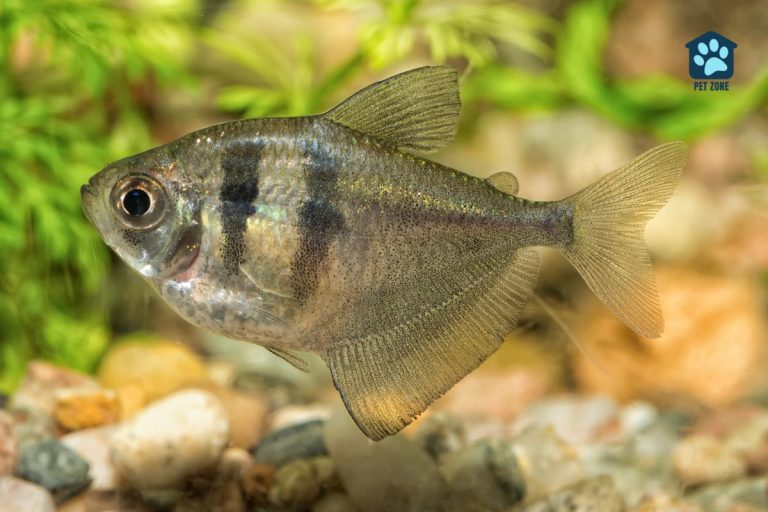
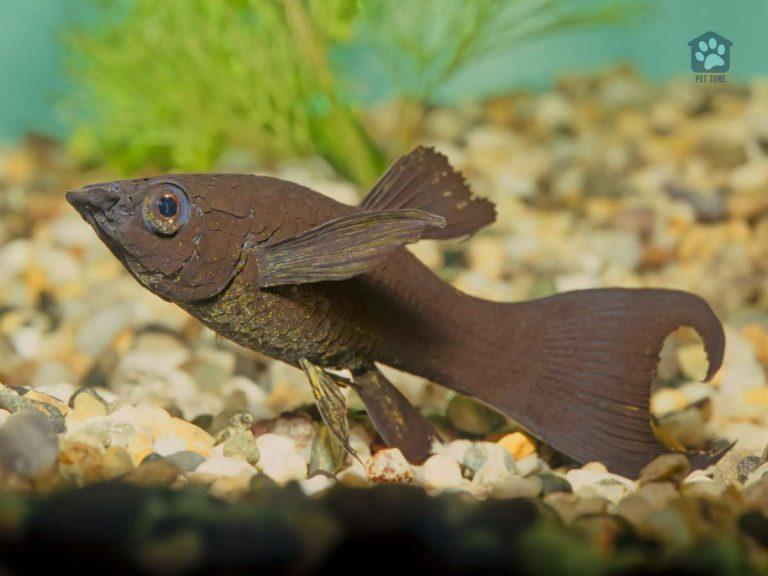
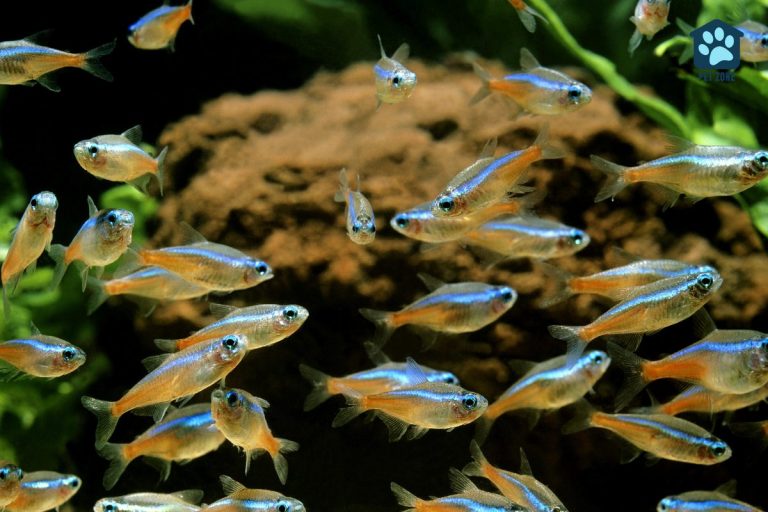
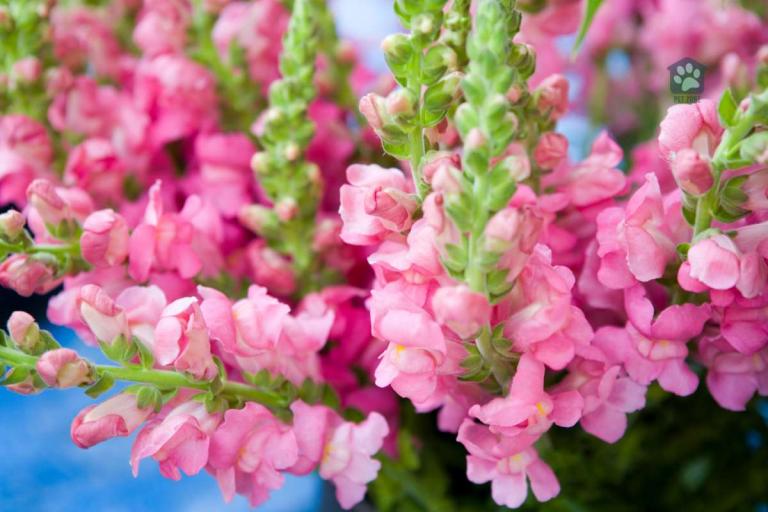
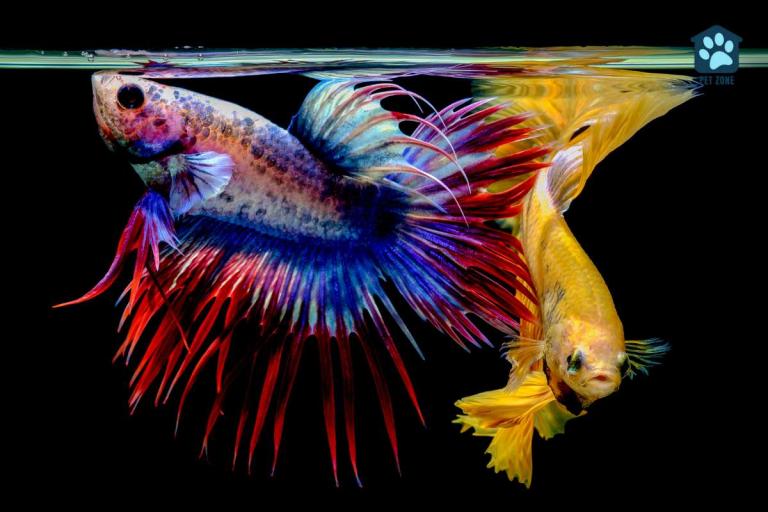
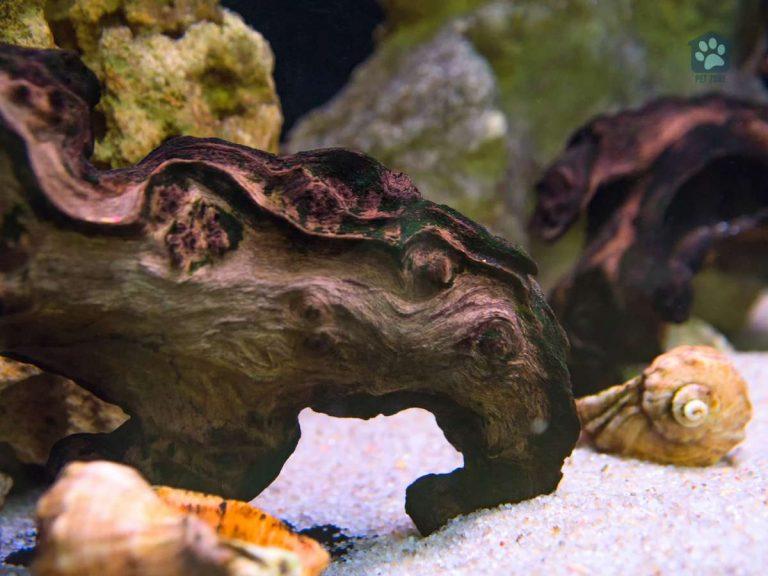
I have never really thought about why my aquarium plants turned yellow and just assumed aquarium plants were not for me. I may have to give them another try!
We don’t have an aquarium but will keep these in mind when we have them. Because we are planning to get one.
Great info. I’m sure there are many who wonder, “How do I fix this?” and you offer concise answers on a myriad of topics.
Good information to know that If your aquarium plants turn yellow, they’re in trouble and need some help. My daughter and I had an aquarium once, but we had to learn a lot about caring for the fish and their home.